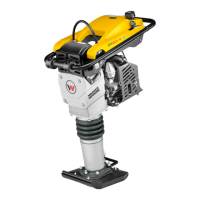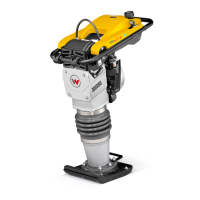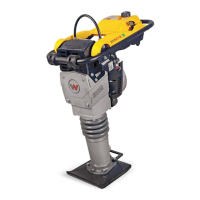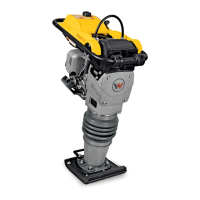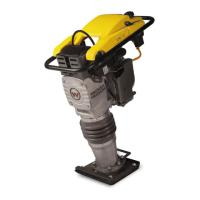Why Wacker Neuson Vibratory rammer & tamper overheats?
- JJohn McguireSep 3, 2025
If your Wacker Neuson vibratory rammer & tamper engine is overheating, it could be due to not enough oil in the fuel mix, which requires draining the tank and refilling it with new mixed fuel. Alternatively, the carburetor fuel mix may be set too lean, requiring a reset of the carburetor adjustments. Another potential cause is cooling fins or fan blades packed with dirt, which means you'll need to clean the debris from the fins and blades.



